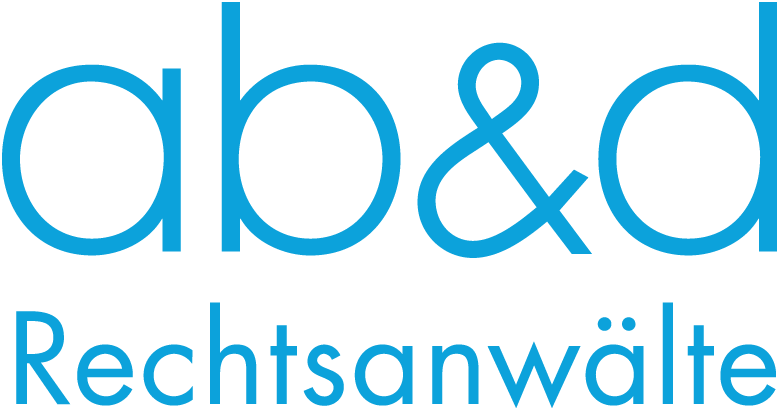Overview: hidden promotion behind “independent” tests
Apparent neutrality is the currency of product tests. Test results carry considerable weight for consumers. They serve as a neutral point of reference in an increasingly complex market and help to compare products and services objectively. Credible tests enjoy a high level of trust because they provide independent and factual information about quality and value.
That trust collapses when a “test” is nothing more than paid placement in editorial clothing. If a ranking is bought, affiliate links are concealed, or a seal of excellence exists only on the promoter’s own domain, the result is consumer deception and a distortion of competition that pushes compliant market participants to the margins.
Introduction: why fake test results matter
Disguised advertising sits precisely at the point where commercial communication stops being recognisable as advertising. The presentation suggests impartial review; the commercial intent remains hidden. In practice this can be as simple as a “Top 10” list assembled without methodology, a “laboratory test” with no lab, or a portal that profits from every click while saying nothing about its affiliate status. For businesses, the damage is twofold: sales are diverted on the back of false credibility, and brand equity suffers when inferior products parade as “best in test.”
Disguised advertising and the unfair-competition breach
When does hidden advertising begin?
The threshold is crossed when the average consumer can no longer recognise the promotional intent behind a communication. In German and EU practice this typically constitutes misleading commercial practice under unfair-competition rules (often discussed with reference to the German UWG and the EU Unfair Commercial Practices framework). Payment, sponsorship or other consideration that shapes the message must be made transparent; where that transparency is missing, the so-called test ceases to inform and instead deceives. The problem is not limited to small websites. Large marketplaces, comparison portals, and affiliate networks are frequently involved, magnifying the reach and market distortion.
Editorial content vs. covert promotion
Legitimate editorial content may compare, evaluate and even criticise. It becomes unlawful when journalistic and commercial elements are blended to the point that the reader can no longer tell them apart. A magazine can publish a review; it cannot sell the verdict while pretending the verdict is independent. The same logic applies online: transparency, clear labelling, and separation between content and commercial interest are the essential safeguards
The special risk of “test formats”
“Tests” trade on the promise of neutrality. That promise is broken where methodology is opaque, where samples are cherry-picked, or where affiliate economics determine the outcome. The problem is amplified in regulated segments such as medical devices and health-related products, where packaging, labelling and claim substantiation are tightly framed. In these sectors, manipulated “lab results” or fake certifications can mislead not only consumers but also professionals. False tests harm genuine competitors, discourage innovation, and erode confidence in trustworthy quality assessments.
Comparative advertising: lawful information vs. unlawful disparagement
Lawful comparison
Comparative advertising can inform consumers and intensify competition. A comparison is generally acceptable if it is objective, verifiable and compares like with like. A transparent comparison of measurable characteristics — such as price, durability, or performance — may enhance market efficiency and support informed consumer choice.
Unlawful comparison
The line is crossed when the comparison misleads, denigrates or manipulates context. A “winner” proclaimed on the basis of non-comparable criteria, selective omission of key rivals, insinuations of defects, or invented accolades will typically fall on the wrong side of that line. Where competitors are named or identifiable in a fabricated or manipulated test, the breach of unfair-competition rules is often clear.
Legal claims and remedies for companies harmed by fake tests
Businesses affected by sham testing are not powerless. If fabricated or manipulated “test results” mislead consumers and distort competition, the affected competitor can pursue injunctive relief and removal (Beseitigung). In practice, that means stopping the conduct and eliminating its effects — typically by taking down the article, rankings, seals or creatives that convey the false “test” narrative.
Beyond injunctive relief, damages may be claimed by the competitor who suffered loss; consumers themselves do not have a damages claim under the UWG. Also warning costs (Abmahnkosten) are generally recoverable when a justified cease-and-desist letter was required.
Standing is not limited to immediate competitors. Qualified entities (qualifizierte Einrichtungen) and certain associations can also bring cessation claims to protect consumer interests and fight unfair competition.
These remedies aim both to restore fair market conditions and to deter future misconduct. Enforcement is usually swift once the deceptive practice is evidenced and properly documented.
Procedural path: cease-and-desist, court orders, interim protection
The standard starting point is a cease-and-desist letter, calling on the infringing party to stop the practice and provide a binding undertaking to refrain, often backed by a contractual penalty. This extrajudicial step can efficiently resolve the matter if the infringer complies.
If the undertaking is refused or insufficient, the claimant may proceed to court. Two forms of judicial protection are common:
Interim relief (preliminary proceedings)
Where urgency exists, an interim injunction can be obtained swiftly. Though provisional, it is immediately enforceable and prevents ongoing or imminent harm until a full decision follows. Courts issue such orders rapidly when urgency and likelihood of infringement are convincingly demonstrated.
In both cases, the result is clear: the fake test or misleading advertising must be removed, dissemination halted, and repetition deterred through enforceable penalties.
Conclusion
Fake “test results” and disguised advertising are more than misleading marketing; they constitute deception that undermines consumer trust and fair competition. German and European competition law provide effective tools for affected businesses to act. The key factors are rapid evidence preservation, strategic enforcement, and experienced legal guidance. Timely action not only limits reputational harm but also restores fair conditions in the market.
Contact
If your business has been affected by manipulated product tests, disguised advertising, or other deceptive marketing practices, our team can assess your case and develop a targeted enforcement strategy.
